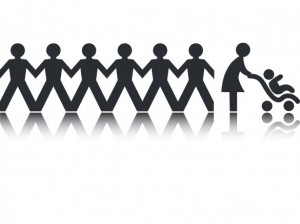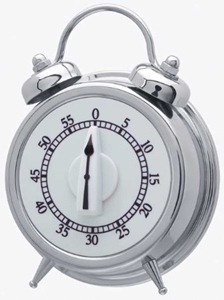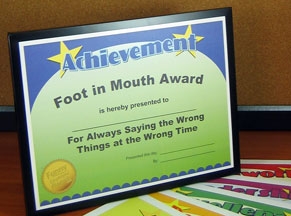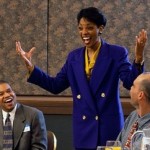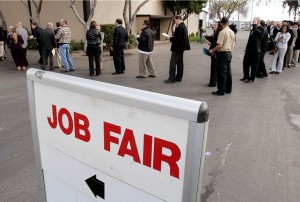 Local and regional career and employment fairs can streamline your job hunt, let you practice interviewing skills, and easily allow you to conduct research on career opportunities and companies.
Local and regional career and employment fairs can streamline your job hunt, let you practice interviewing skills, and easily allow you to conduct research on career opportunities and companies.
Like many job-searching techniques when there are many candidates for a few jobs, job fairs often don’t turn directly into job offers. However, if you are smart you can learn to transform a job fair into an eventual job offer.
As you’ll see in Step 3, it’s what you do after the job after that can really make a difference in results.
STEP 1: HOMEWORK
Many job seekers visit a job fair “to see what’s out there.” Wrong. Prepare for a fair as if it is a personal interview. That means upfront research. Know what companies are there. Be ready to ask intelligent questions about the specific job, not the company because you should already know that from pre-show research.
Carry a portfolio with laser-printed, professionally-prepared resumes. Dress professionally and simply. Don’t bring bulky bags. Keep your right hand free to shake hands.
STEP 2: YOUR PLAN OF ATTACK: WORKING THE JOB FAIR
Watch from afar, and pick who you are going to speak with at the booth. Approach the company representative, offer your hand and introduce yourself. Tell them you are interested in working for them, and why. Ask about their hiring process. Ask how to get an interview. Ask the names of the decision maker or head of the department (very important). 
Get business cards from people you meet (very important). Don’t overstay your welcome, but communicate your qualifications and your interest level. Ask what would help you get the job.
Importantly, target companies and get information about them even if (especially if) they don’t have an advertised opening in your area of expertise.
STEP 3: POST-FAIR JOB-WINNING TRICKS
Now you have names of HR managers, names of all the “decision makers”/department heads, and a good understanding of what the companies need.
Send resumes to department heads at each company, with a personalized letter summarizing qualifications for that specific job, your interest in it, and a willingness to meet. Copy the HR managers met. Do not expect them to contact you, so promise to follow up. And do it.
Follow the same tactic for companies that do not have advertised openings. You know they are hiring, which is a good economic benchmark. You have met someone who works there. By approaching the hiring manager of the department where you could contribute, you will have zero competition. It works!





